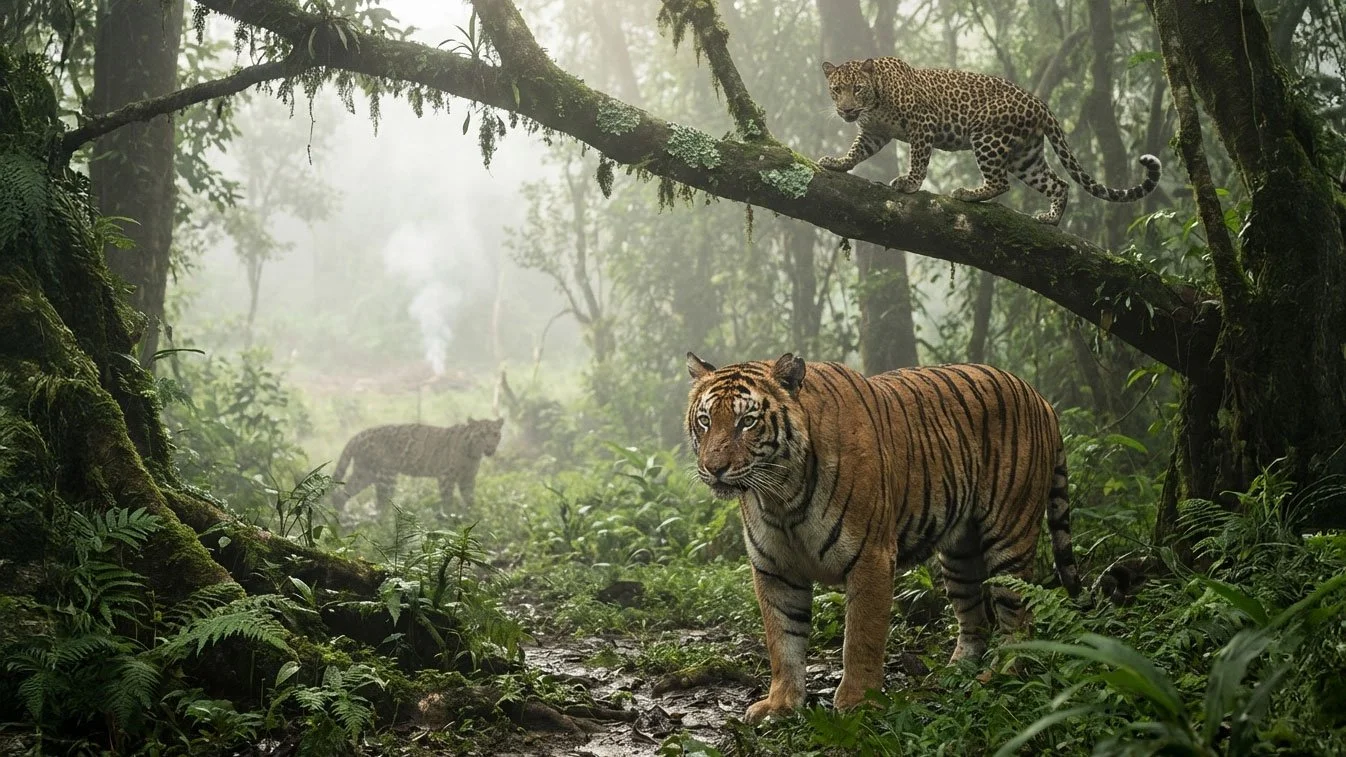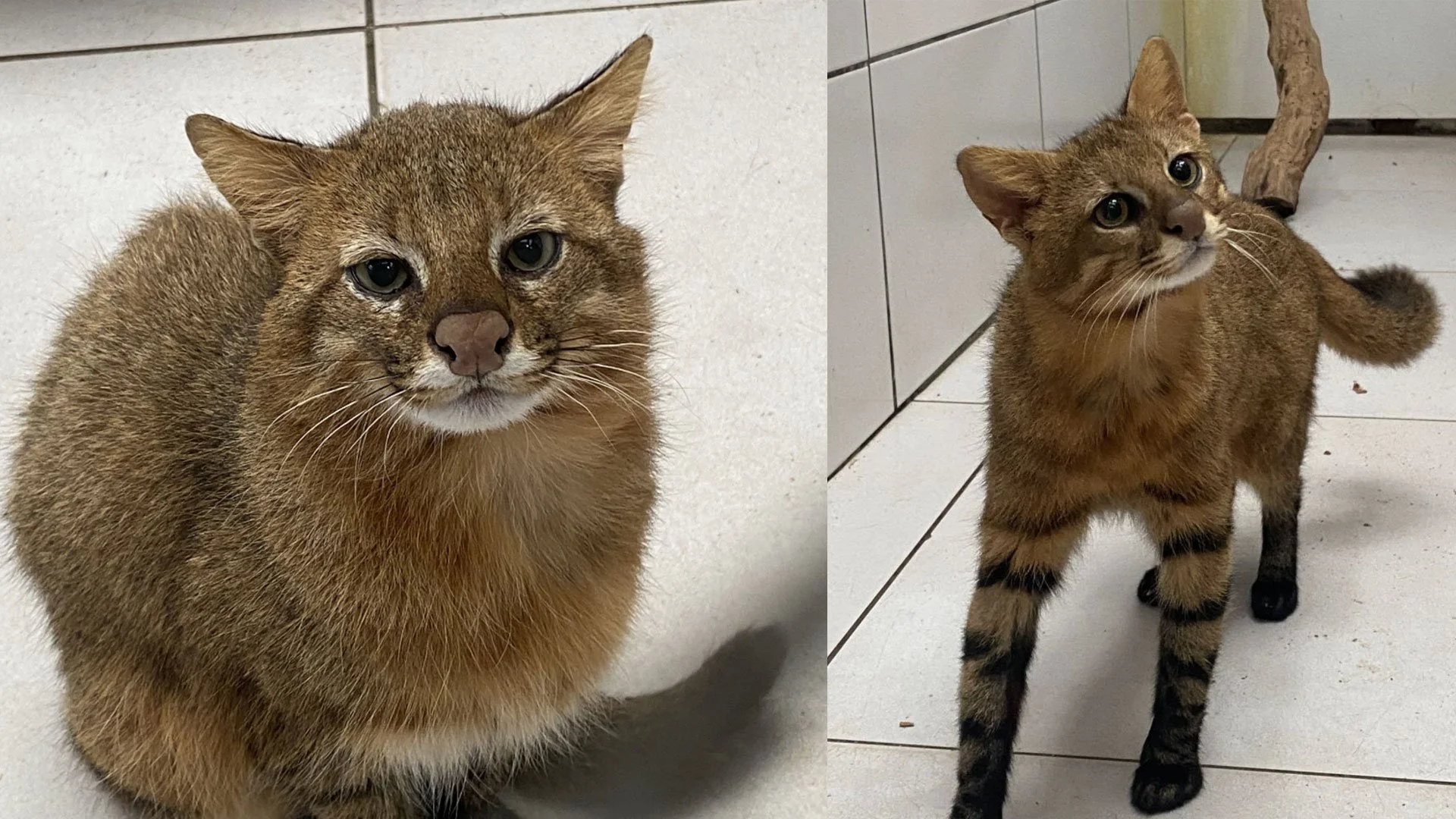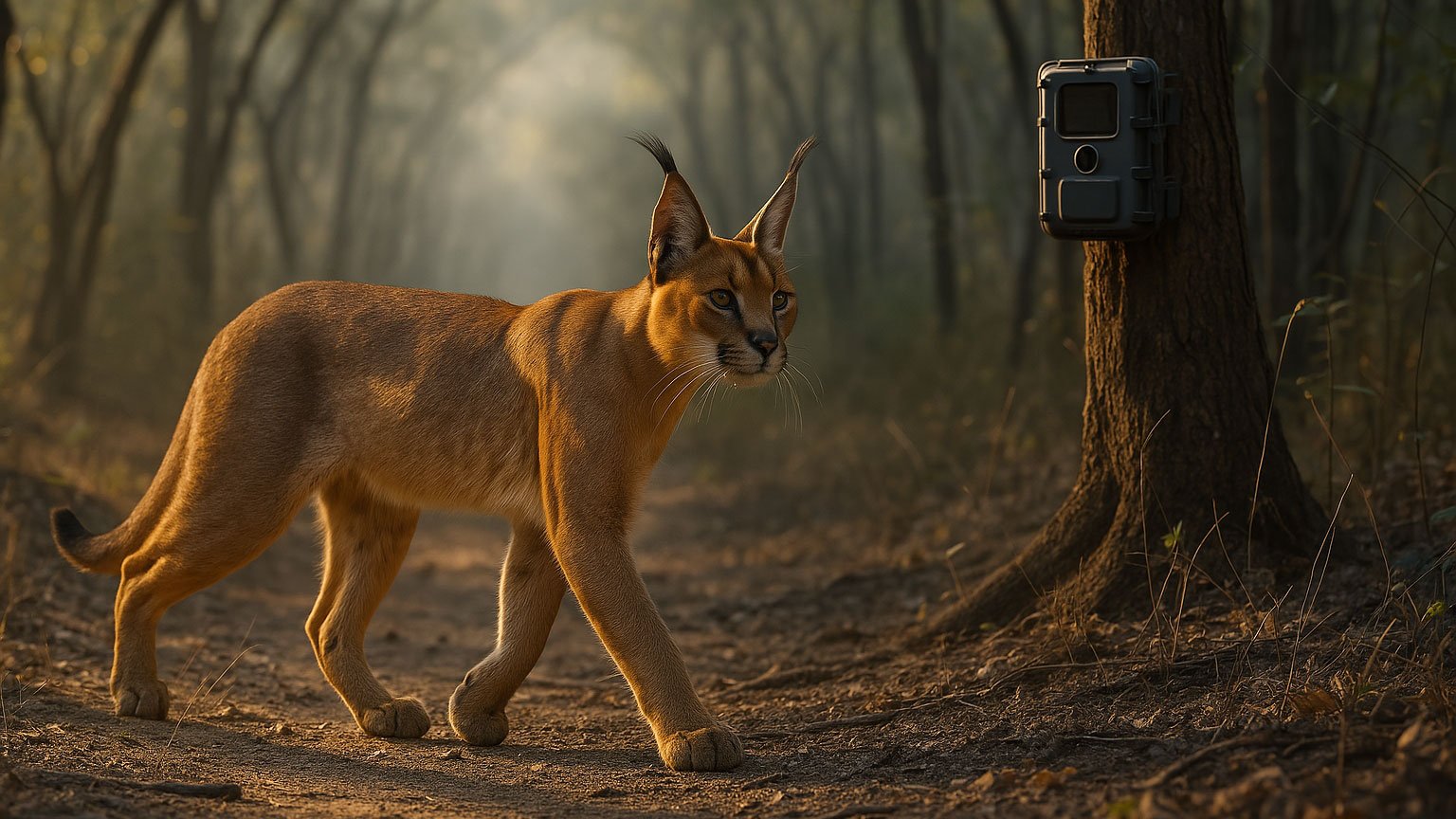Ghosts of the Desert: The Return of the Sand Cat in Pakistan
In the searing heat of Kirthar National Park, under a sky heavy with dust and promise, a silent witness captured something extraordinary. In the pale glow of infrared, a tiny feline ghost emerged from the shadows—alive.
It was a sand cat.
Thought to be possibly extinct in Pakistan, this elusive wild feline—smaller than a housecat, perfectly adapted to the brutal life of the desert—stepped into view and into history. It was the first confirmed photographic sighting in the region, and it came thanks to the quiet persistence of a trail camera set by the Indus Fishing Cat Project.
This wasn't just a camera trap victory. This was a cry from the sand: “We are still here. But for how long?”
A Whisper of Whiskers
The sand cat, Felis margarita, is a creature of extremes. Native to the deserts of North Africa and Central and South Asia, its broad, flat feet act like snowshoes on sand, and its pale coat blends seamlessly with sun-bleached terrain. But what sets it apart most is its silence—sand cats are so elusive, so ghostlike, that even experts can go entire careers without seeing one in the wild.
That’s why this single image, captured in Sindh Province near Hyderabad, is a scientific bombshell.
“This sighting is highly significant from both ecological and conservation perspectives,” said Zafeer Ahmed Shaikh, director of the Indus Fishing Cat Project. “The species was practically unknown this far east of its range.”
Previously listed by the IUCN as “possibly extinct” in Pakistan, the sand cat’s sudden reappearance is not only an ecological marvel—it’s a conservation wake-up call.
But Wait—There’s Another Phantom
Almost lost in the excitement was the camera’s other gift: an image of an Asiatic caracal, another rare and beautiful cat clinging to survival. Globally, caracals are common in parts of Africa. But here in Pakistan, they are critically endangered, with fewer than 100 individuals estimated to remain.
One male caracal was captured on video after locals reported spotting one crossing a road in broad daylight. It was found near a watering hole, its image recorded among 400 videos captured over two weeks. A second sighting of a juvenile caracal was far more tragic—it was seen being killed by villagers.
In a world that prizes tigers and lions, these small wildcats go almost unnoticed. But their stories, too, matter.
Desert Cats, Urban Threats
Kirthar National Park lies just outside Karachi, one of the fastest-growing cities in the world. It is a land of jagged cliffs and dry riverbeds, but also one of relentless encroachment. Sand mining—once a background industry—has become a major threat to the park’s fragile ecosystem.
Mining operations don’t just scar the earth. They destroy habitat, contaminate water, and fill the silence of the desert with industrial roar. For small cats whose entire evolutionary advantage lies in avoiding noise and attention, it is a death sentence.
“Pakistan lacks comprehensive data on the distribution or population status of these species,” said Shaikh. “These cats are not priority species for most wildlife conservation bodies. They go unnoticed—and that leads to research gaps and conservation failures.”
But data isn’t the only missing piece. What’s also needed is empathy.
Killing What We Don’t Understand
Retaliatory killings are rampant across Pakistan. When wildcats kill livestock—or are simply feared—villagers often respond with violence. These aren’t acts of cruelty for cruelty’s sake, but of survival and misunderstanding.
Shaikh’s team is trying to change that, not with confrontation, but with compassion. They are sitting down with locals, sharing stories of the cats, and building bridges between ancient traditions and modern conservation.
Their goal is to build a foundation for a compensation scheme that would reimburse farmers for livestock losses, removing the incentive to kill these rare cats out of fear or frustration.
Why This One Photo Matters So Much
This one sand cat photo, captured after years of monitoring, is more than a moment of scientific triumph—it is a tiny, whiskered ambassador for all small wildcats that go unseen and unprotected.
It is a signal that we still have time.
Time to fund research.
Time to change policy.
Time to educate.
Time to protect the quiet corners of the world where miracles still happen.
Wildcats, big and small, are essential to healthy ecosystems. They keep prey populations in check, maintain the balance between predator and prey, and remind us that even in the most unforgiving places, beauty and mystery endure.
But they can’t survive without us changing course.
What You Can Do
At Big Cat Rescue, we’ve shifted our focus from cages to conservation. We now support efforts like those in Pakistan—projects that protect wild cats in their natural habitats, educate communities, and build futures where both people and wildlife thrive.
Support these projects. Share their stories. Be the voice for cats without one.
Because when a species steps back from the edge of extinction, even for just a moment, we are given something precious:
Hope.
See the actual photo: https://petapixel.com/2025/07/22/trail-camera-captures-possibly-extinct-sand-cat/








